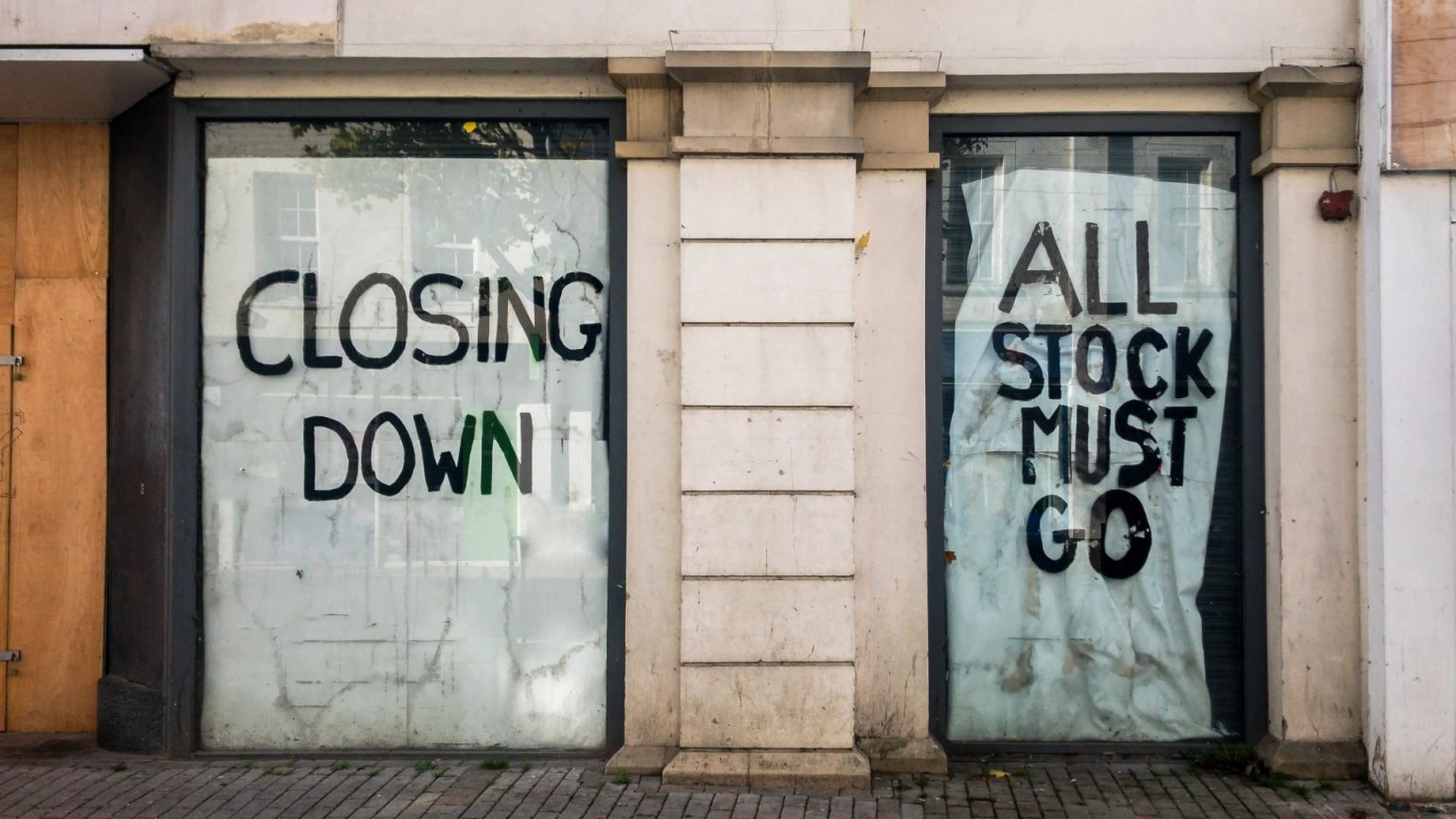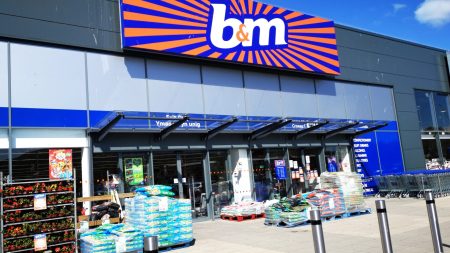The closure of a Currys store in Nottingham city centre marks another blow to the struggling high street, reflecting a broader trend of retail closures across the UK. While Currys has reassured employees that they will be offered positions at other nearby branches, the shuttering of this particular store highlights the increasing challenges faced by brick-and-mortar retailers in the face of changing consumer habits and economic pressures. This closure follows other recent retail departures from Nottingham, including Bonmarché and a long-standing Co-op, further underscoring the difficulties faced by businesses operating in physical locations. The impact on the local community is undeniable, as residents lose convenient access to essential goods and services, and the high street loses its vibrancy.
The shift towards online shopping, exacerbated by the pandemic, has significantly altered consumer behavior, compelling retailers to adapt or face closure. While online shopping offers convenience and often lower prices, the closure of physical stores has detrimental consequences for local economies and communities. The loss of jobs and the decline of high streets contribute to a sense of decline, impacting social interactions and community cohesion. Moreover, the closure of essential stores like supermarkets can disproportionately affect vulnerable populations, such as the elderly or those with limited mobility, who rely on local amenities.
The rising costs of operating physical stores, including rent, utilities, and staff wages, are further contributing to the challenges faced by retailers. These increasing overheads, coupled with inflation and squeezed consumer spending, create a difficult economic climate for businesses to navigate. The British Retail Consortium has warned about the impact of rising National Insurance contributions on the retail sector, projecting substantial additional costs for businesses. This added financial burden further exacerbates the pressures faced by retailers, making it increasingly difficult to maintain profitability.
The Centre for Retail Research (CRR) paints a bleak picture of the current retail landscape, with thousands of stores closing in 2024 and even more predicted to shutter in 2025. This trend indicates a systemic issue within the retail sector, driven by fundamental shifts in consumer behavior and economic pressures. The CRR’s analysis suggests that the number of store closures is accelerating, a worrying sign for the future of the high street. The closure of these stores not only represents a loss of businesses but also contributes to job losses, further impacting local economies.
Several high-profile retailers, including Dobbies and Homebase, have also announced store closures, indicating the widespread nature of the challenges facing the industry. These closures reflect a strategic response to the changing market dynamics, as businesses seek to consolidate their operations and reduce costs. The entry of Homebase into administration, albeit with a partial rescue, highlights the precarious position of many retailers. Even well-established brands are struggling to adapt to the evolving landscape, underscoring the depth of the challenges facing the sector.
Looking ahead, the outlook for the retail sector remains uncertain. Experts predict further store closures and job losses in 2025, highlighting the need for innovative solutions to revitalize the high street. The combination of rising costs, changing consumer preferences, and economic uncertainty creates a challenging environment for retailers. The ongoing cost-of-living crisis is further squeezing consumer spending, making it even more difficult for businesses to thrive. The challenges facing the retail sector require a multifaceted approach, involving government support, business innovation, and a reassessment of the role of the high street in modern society.











